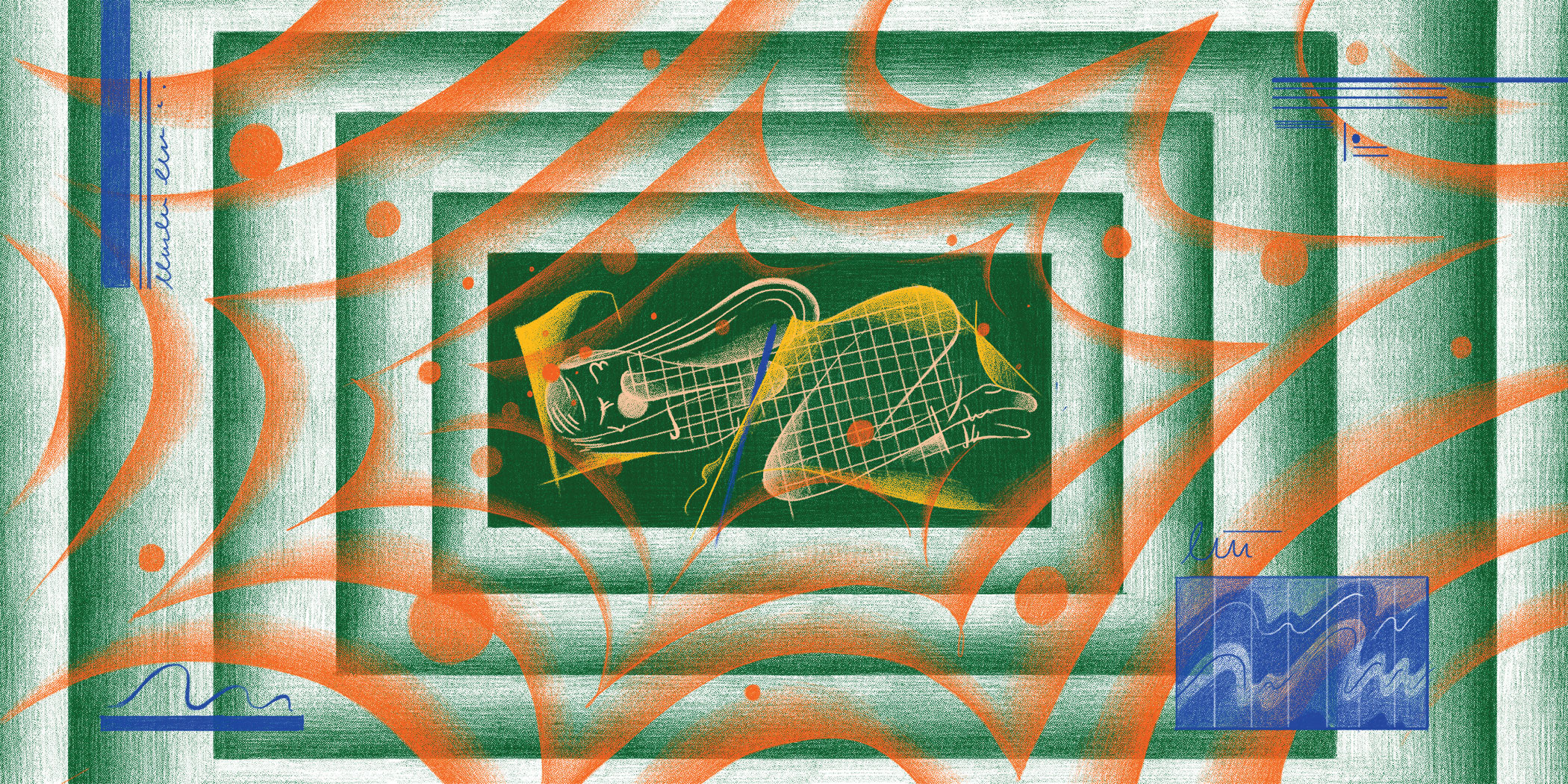
More than 50 million Americans suffer from sleep disorders, and diseases including Parkinson’s and Alzheimer’s can also disrupt sleep. Diagnosing and monitoring these conditions usually requires attaching electrodes and a variety of other sensors to patients, which can interrupt their sleep even more.
To make it easier to diagnose and study sleep problems, researchers at MIT and Massachusetts General Hospital have devised a new way to monitor sleep stages without sensors attached to the body. Their device uses an advanced artificial-intelligence algorithm to analyze the radio signals around the person and translate those measurements into sleep stages: light, deep, or rapid eye movement (REM).
“Imagine if your Wi-Fi router knows when you are dreaming and can monitor whether you are having enough deep sleep, which is necessary for memory consolidation,” says Dina Katabi, a professor of electrical engineering and computer science, who led a study on the technique presented at the International Conference on Machine Learning in August. “Our vision is developing health sensors that will disappear into the background and capture physiological signals and important health metrics, without asking the user to change her behavior in any way.”
Katabi and members of her group in MIT’s Computer Science and Artificial Intelligence Laboratory had previously developed radio-based sensors that can remotely measure indicators of health. These sensors consist of a wireless device, about the size of a laptop computer, that emits low-power radio frequency signals. As the radio waves reflect off the body, any slight body movements alter their frequency. Analyzing those reflected waves can reveal vital signs such as pulse and breathing rate.
She thought that a similar approach could be useful for monitoring sleep, which is currently done while patients spend the night in a sleep lab hooked up to monitors such as electroencephalography (EEG) machines.
The researchers devised a way to translate their measurements of pulse, breathing rate, and movement into sleep stages by taking advantage of recent advances in artificial intelligence—specifically, computer algorithms known as deep neural networks, which can extract and analyze information from complex data sets.
Using this approach in tests of 25 healthy volunteers, the researchers found that their technique was about 80 percent accurate, which is comparable to the accuracy of ratings determined by sleep specialists based on EEG measurements.
“The opportunity is very big, because we don’t understand sleep well, and a high fraction of the population has sleep problems,” says Mingmin Zhao, an MIT graduate student who is the study’s lead author. “We have this technology that, if we can make it work, can move us from a world where we do sleep studies once every few months in the sleep lab to continuous sleep studies in the home.”
Keep Reading
Most Popular
Large language models can do jaw-dropping things. But nobody knows exactly why.
And that's a problem. Figuring it out is one of the biggest scientific puzzles of our time and a crucial step towards controlling more powerful future models.
The problem with plug-in hybrids? Their drivers.
Plug-in hybrids are often sold as a transition to EVs, but new data from Europe shows we’re still underestimating the emissions they produce.
Google DeepMind’s new generative model makes Super Mario–like games from scratch
Genie learns how to control games by watching hours and hours of video. It could help train next-gen robots too.
How scientists traced a mysterious covid case back to six toilets
When wastewater surveillance turns into a hunt for a single infected individual, the ethics get tricky.
Stay connected
Get the latest updates from
MIT Technology Review
Discover special offers, top stories, upcoming events, and more.